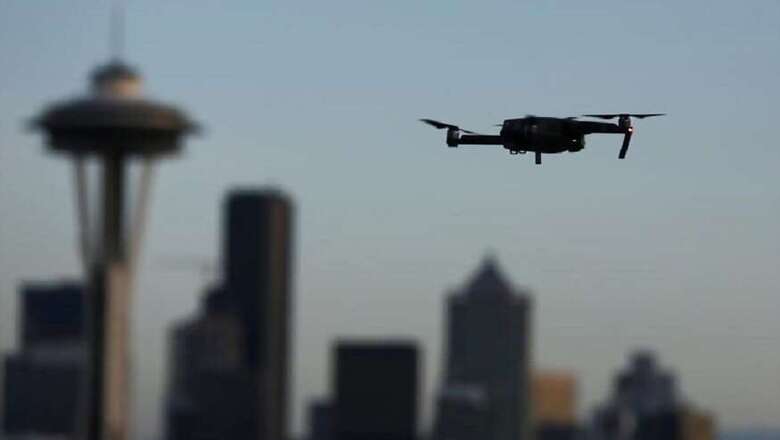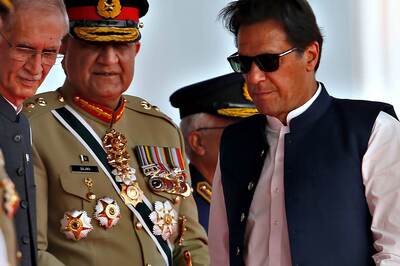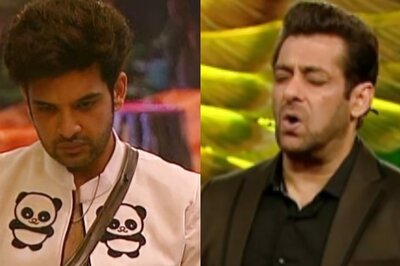
views
In a drone race that pitted a world-class pilot against Artificial Intelligence (AI), the human pilot emerged faster although the AI flew the drone more smoothly and consistently, NASA scientists have announced. The scientists raced drones controlled by AI against a professional human pilot on October 12 to put their work to the test. The results declared this week showed that world-class drone pilot Ken Loo averaged 11.1 seconds, compared to the autonomous drones, which averaged 13.9 seconds.
India's 1st Tech And Auto Show Awards 2017 | Vote And Win a Smartphone
"We pitted our algorithms against a human, who flies a lot more by feel," said the project's task manager Rob Reid of NASA's Jet Propulsion Laboratory in Pasadena, California. "You can actually see that the A.I. flies the drone smoothly around the course, whereas human pilots tend to accelerate aggressively, so their path is jerkier," Reid added. The race capped off two years of research into drone autonomy funded by Google.
The company was interested in JPL's work with vision-based navigation for spacecraft -- technologies that can also be applied to drones. To demonstrate the team's progress, JPL set up a timed trial between their AI and drone pilot Loo. The team built three custom drones, named Batman, Joker and Nightwing, and developed the complex algorithms the drones needed to fly at high speeds while avoiding obstacles.
These algorithms were integrated with Google's Tango technology, which JPL also worked on. The drones were built to racing specifications and could easily go as fast as 129 kilometres per hour (kph) in a straight line. But on the obstacle course set up in a JPL warehouse, they could only fly at maximum 64 kph before they needed to apply the brakes. Compared to Loo, the drones flew more cautiously but consistently.
But Loo attained higher speeds and was able to perform impressive aerial corkscrews. But he was limited by exhaustion, something the AI-piloted drones did not have to deal with, NASA said.
Tech And Auto Show | EP21 | Apple iPhone X, Suzuki Intruder 150 & More




















Comments
0 comment